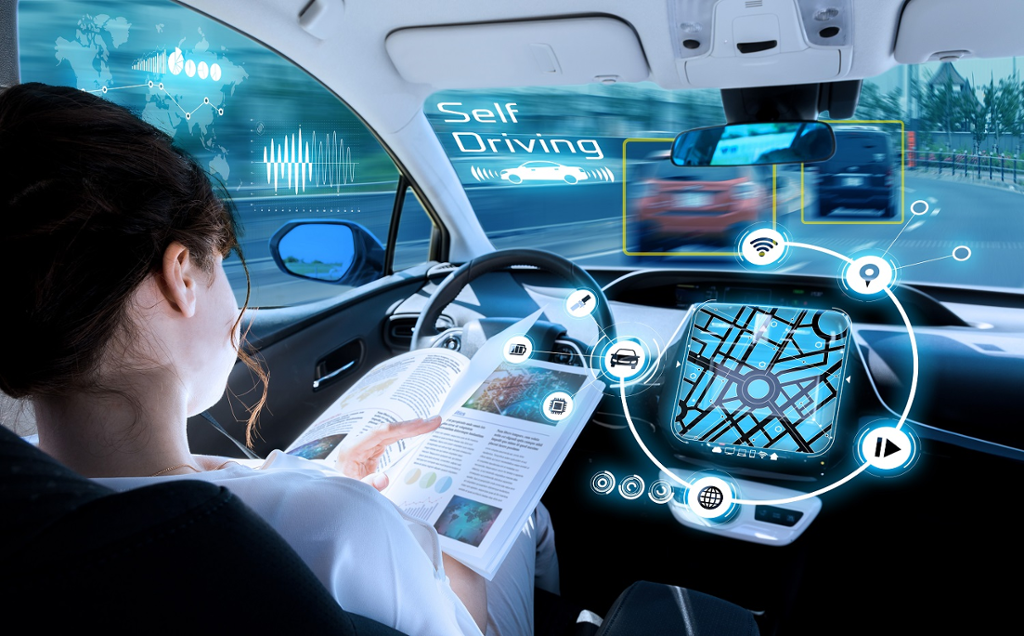Written by Tatjana Evas and Aleksandra Heflich,

Transport is one of the sectors in which artificial intelligence (AI) technologies are seeing rapid uptake. AI systems can detect patterns in a large volume of data and model complex solutions that enable increased efficiency in decision making and better resource allocation. The biggest transformation in the sector, yet to come, would be the deployment and uptake of highly autonomous vehicles and enhanced traffic management systems.
Many estimations show that the application of AI systems in the transport sector can bring some important benefits to the economy and create jobs, which could help balance out the negative effects that automation brings, such as loss of low-skilled jobs (Chapter 1).
For several years now, the European Parliament has been indicating that the transport sector is key for AI and has been advocating the harmonisation of rules to enhance the cross-border development of connected and autonomous vehicles (CAVs). This could fully exploit their economic potential and enable the EU to benefit from the positive effects of technological trends. In 2021, the European Commission is planning to address the current legal vacuum and will make a number of horizontal legislative proposals addressing AI (Chapter 1.2).
Against this backdrop this report analyses enablers for the development and deployment of AI in road transport. These are: (i) infrastructure, (ii) technology, (iii) investment, (iv) ethics, (v) the legal and policy framework and (vi) social acceptance. Next it identifies the gaps and barriers that still persist and hamper the potentially beneficial development of AI (Chapter 2).
Finally, the report estimates the cost of non-Europe (CoNE) – the cost of not acting at EU level – for AI in road transport (Chapter 3). This calculation is based on the study that underpins this report (see Annex 1). For this purpose, the report analyses in detail only selected AI enablers (EU policies and legislation, and how they could increase social acceptance of AI with regulatory rules). The report presents three sets of EU policy actions ranging from least ambitious – no additional intervention at EU level – to most ambitious, which addresses current weaknesses in the liability regime and strengthens the trust and safety of AI users in road transport.
Figure 1 – Proposed policy actions at EU level that could address some of the identified gaps that hinder the development and deployment of AI in road transport in the EU

Calculations made as part of the study underpinning this CoNE report (Annex 1) point to a potential cost of non-Europe relating to AI in road transport. In 2030, the benefits lost if no further action is taken at EU level on liability in AI and on enhancing the trust of users of AI in road transport could amount to between €231 097 and €275 287 million, were none of the gaps and barriers analysed addressed. This EU action would be also beneficial for employment and could create between 5.181 and 6.147 million jobs.
Table 1 – Estimated direct cost of non-Europe, in 2030, EU-27

Read this complete ‘in-depth analysis’ on ‘Artificial Intelligence in road transport: Cost of Non-Europe report‘ in the Think Tank pages of the European Parliament.








[…] Artificial Intelligence in road transport: Cost of Non-Europe report […]